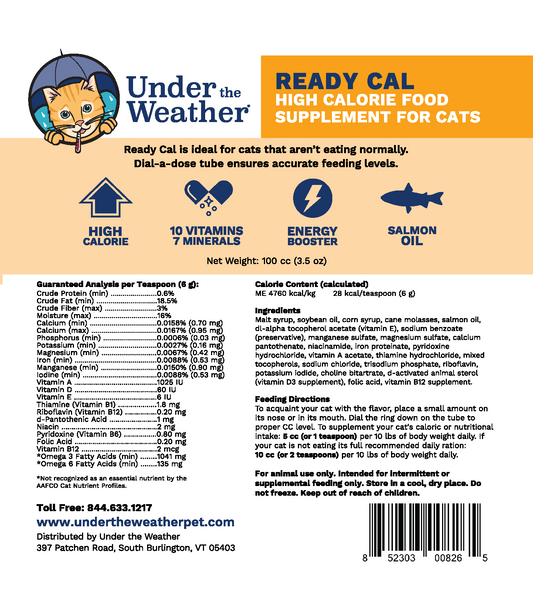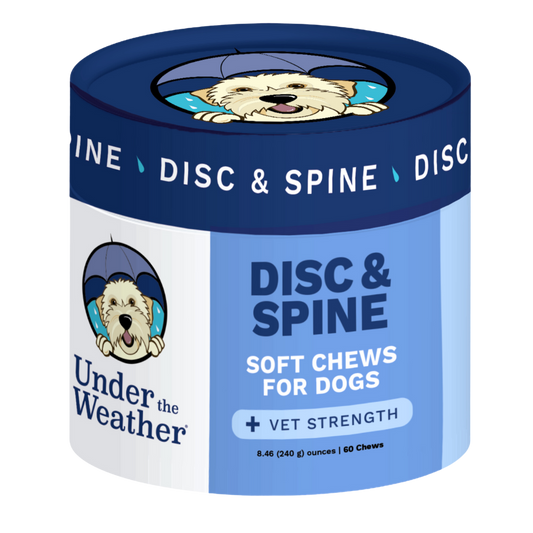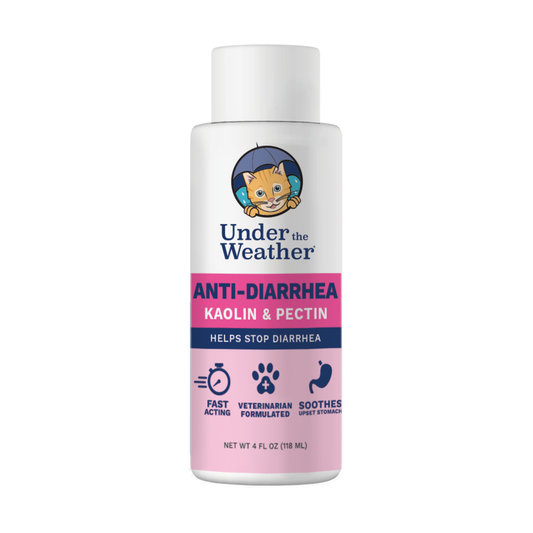A bland diet can be a helpful solution for dogs dealing with digestive issues or recovering from an illness. It consists of easily digestible foods that are gentle on the stomach and can help alleviate gastrointestinal discomfort. However, determining the right portion size for your dog's bland diet can be challenging. We aim to explain the basics of a bland diet for dogs, discuss the benefits, and advise how to determine the appropriate portion size to feed your furry friend.
Understanding the Basics of a Bland Diet for Dogs
A bland diet typically consists of simple ingredients, few in quantity, that are easy to digest, such as boiled chicken or turkey, white rice, and low-fat cottage cheese or yogurt. The purpose of this diet is to provide easily digestible nutrients while restfully healing and soothing the digestive system. It is essential to avoid adding any seasoning, spices, or sauces to the bland diet, as these can worsen digestive issues or cause allergic reactions in dogs.
What Constitutes a Bland Diet?
As mentioned earlier, a bland diet for dogs usually consists of boiled lean proteins, such as chicken or turkey, alongside easily digestible carbohydrates, like white rice. Cottage cheese or yogurt can also be included to provide additional protein and probiotics, which can aid in digestion. These ingredients are carefully selected to minimize any potential irritation to the gastrointestinal system.
When preparing a bland diet for your dog, it's important to ensure that the proteins are cooked thoroughly to avoid any risk of foodborne illnesses. Additionally, the white rice should be well-cooked to a soft consistency, making it easier for your dog to digest. Opting for plain, low-fat cottage cheese or yogurt without any added sugars or artificial sweeteners is crucial to maintaining the simplicity and gentleness of the diet.
Benefits of a Bland Diet for Dogs
A bland diet can provide several benefits for dogs with digestive issues. Firstly, the easily digestible ingredients help to reduce the workload on the digestive system, allowing it to heal more efficiently. Secondly, the low-fat content of the diet helps prevent further irritation to the stomach and intestines. Lastly, the bland diet can help regulate bowel movements and promote firm, formed stools.
Moreover, a bland diet can be particularly beneficial for dogs recovering from gastrointestinal upset, such as vomiting or diarrhea. The gentle nature of the ingredients can help soothe the stomach lining and promote a quicker recovery. It is also a good option for dogs with food sensitivities or allergies, as the limited ingredients in a bland diet can help pinpoint and eliminate potential triggers for digestive issues.
Determining the Right Portion Size for Your Dog
When it comes to feeding your dog a bland diet, finding the right portion size is crucial. The amount of food your dog needs depends on various factors, including their size, age, activity level, and underlying health conditions. Here are some important considerations to keep in mind:
Factors Influencing Portion Sizes
Each dog is unique, and their portion size should be tailored to their specific needs. Start by considering your dog's weight and activity level. A larger dog or a more active dog will generally require a larger portion size compared to a smaller or less active dog. Furthermore, if your dog is recovering from an illness or undergoing treatment, their veterinarian may recommend specific portion sizes to aid in their recovery process.
But what about other factors that can influence portion sizes? Well, it's not just about the size and activity level of your dog. Other factors, such as breed and metabolism, can also play a role. For example, some breeds have a faster metabolism and may require a slightly larger portion size to maintain their energy levels. On the other hand, certain breeds are prone to weight gain and may need a smaller portion size to prevent obesity.
Calculating the Ideal Portion Size
An easy way to calculate the portion size for your dog is to use their ideal body weight. If your dog is overweight or underweight, consult with your veterinarian to determine their ideal weight. Once you have the ideal weight, a general guideline is to feed 2-3% of your body weight per day. For example, if your dog weighs 20 pounds, the daily portion would be approximately 6-9 ounces of food.
But wait, there's more to it! It's not just about the numbers. You also need to consider the type of food you are feeding your dog. Different types of food have different caloric densities, so the portion size may vary depending on whether you are feeding dry kibble, wet food, or a combination of both. It's always a good idea to check the feeding guidelines on the packaging or consult with your veterinarian to ensure you are providing the right amount of food.
It's important to note that this is just a starting point, and you may need to adjust the portion size based on your dog's response. Remember to monitor your dog's body condition and adjust the portions accordingly. If your dog is losing weight, increase the portion size slightly, and if they are gaining weight, decrease the portion size.
Transitioning Your Dog to a Bland Diet
When introducing a bland diet to your dog, it's essential to do so gradually. This allows their digestive system to adjust and reduces the chances of digestive upset. Here are two common approaches to transitioning your dog to a bland diet:
Gradual Transition vs. Immediate Switch
One option is to gradually transition your dog to a bland diet over several days. Start by mixing a small amount of the bland diet with their regular food and gradually increase the proportion of the bland diet over time until they are fully transitioned. This method is especially useful for dogs with sensitive stomachs or a history of gastrointestinal issues.
On the other hand, if your dog is not prone to digestive issues and is in good health, you may opt for an immediate switch. In this case, you can introduce a bland diet as their primary food without the need for a gradual transition. However, always monitor your dog closely for any signs of digestive upset during the transition period.
It's important to note that every dog is unique, and what works for one may not work for another. Some dogs may tolerate an immediate switch without any issues, while others may require a more gradual approach. Paying attention to your dog's individual needs and behavior is crucial in determining the best transition method.
Monitoring Your Dog's Reaction to the New Diet
Regardless of the transition method you choose, it's essential to monitor your dog's reaction to the new diet. Keep an eye out for any changes in their appetite, stool consistency, or overall well-being. Dogs may experience a temporary decrease in appetite during the transition period, but if it persists or if you notice any other concerning symptoms, it's important to consult with your veterinarian for further guidance.
Your veterinarian is a valuable resource when it comes to your dog's health and nutrition. They can provide personalized advice based on your dog's specific needs and help you navigate the transition to a bland diet smoothly. They may recommend adjusting the portion size or making other modifications to the diet to ensure your dog's comfort and well-being.
Remember, a bland diet is often used as a short-term solution for dogs with digestive issues or during periods of gastrointestinal upset. If you're considering a long-term dietary change, it's best to consult with your veterinarian to ensure that the new diet meets all of your dog's nutritional requirements.

Maintaining a Bland Diet Over Time
Once your dog is on a bland diet and responding well, you may need to make certain adjustments over time. Here are a couple of considerations to keep in mind:
Adjusting Portions as Your Dog Ages
As your dog ages, their nutritional needs may change. It's essential to reassess their portion size periodically as they grow older. Older dogs tend to have lower activity levels and slower metabolisms, which means they may require fewer calories. Regularly consult with your veterinarian to determine if any adjustments need to be made to their portion sizes as they age.
Additionally, as dogs age, they may develop conditions such as arthritis or dental issues that can affect their eating habits. It's crucial to monitor your dog's eating behavior and make adjustments to their bland diet to accommodate any physical limitations they may experience.
Dealing with Potential Health Issues
If your dog has specific health issues, such as kidney disease or allergies, consult with your veterinarian to ensure that the bland diet meets their specific dietary requirements. They may recommend modifications to the ingredients or portion sizes to address these health conditions effectively.
Furthermore, certain health issues may require the inclusion of supplements or specialized ingredients in the bland diet to support your dog's overall well-being. Your veterinarian can guide you on incorporating these additional elements into your dog's diet while maintaining the blandness necessary for their digestive health.
Frequently Asked Questions About Bland Diets for Dogs
Can All Dogs Benefit from a Bland Diet?
A bland diet can be beneficial for dogs with digestive issues or those recovering from illnesses. However, it's always best to consult with your veterinarian before making any significant changes to your dog's diet. They can help determine if a bland diet is appropriate for your dog's specific needs and provide guidance on the best approach to implement it.
What if My Dog Doesn't Like the Bland Diet?
If your dog is hesitant to eat the bland diet, there are a few things you can try. Firstly, ensure that the ingredients are cooked thoroughly and have a palatable texture. Some dogs may prefer the ingredients to be pureed or mashed, especially if they have dental issues or difficulty chewing. Additionally, you can try adding a small amount of low-sodium chicken or beef broth to enhance the flavor and aroma of the food. However, it's crucial to avoid adding any spices, salt, or seasonings.
Conclusion
In conclusion, determining the right portion size for your dog's bland diet is essential for their overall well-being and digestive health. Consider factors such as your dog's weight, activity level, and any underlying health conditions when calculating their portion sizes. Additionally, monitor your dog's reaction to the new diet and make adjustments as needed. Remember, consulting with your veterinarian is always the best way to ensure that your dog's dietary needs are met. With the right portion sizes, you can help your furry friend on their journey to a happy and healthy tummy.












